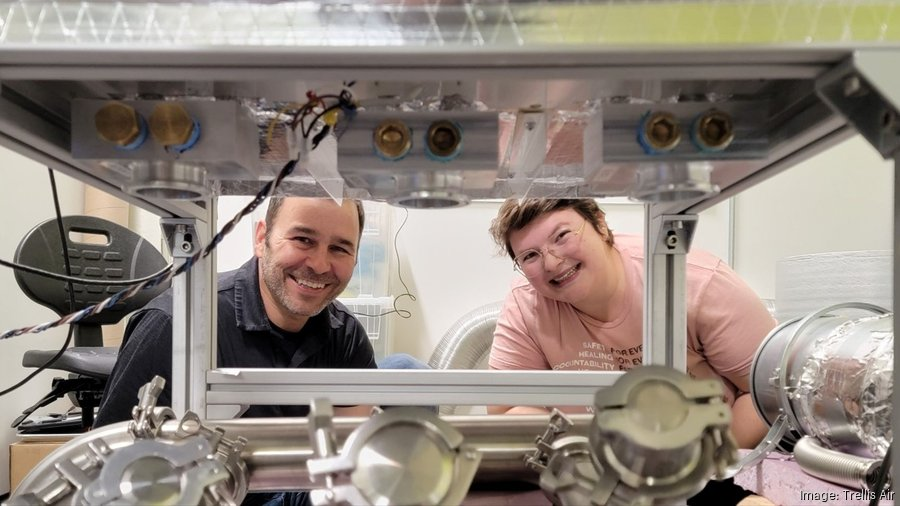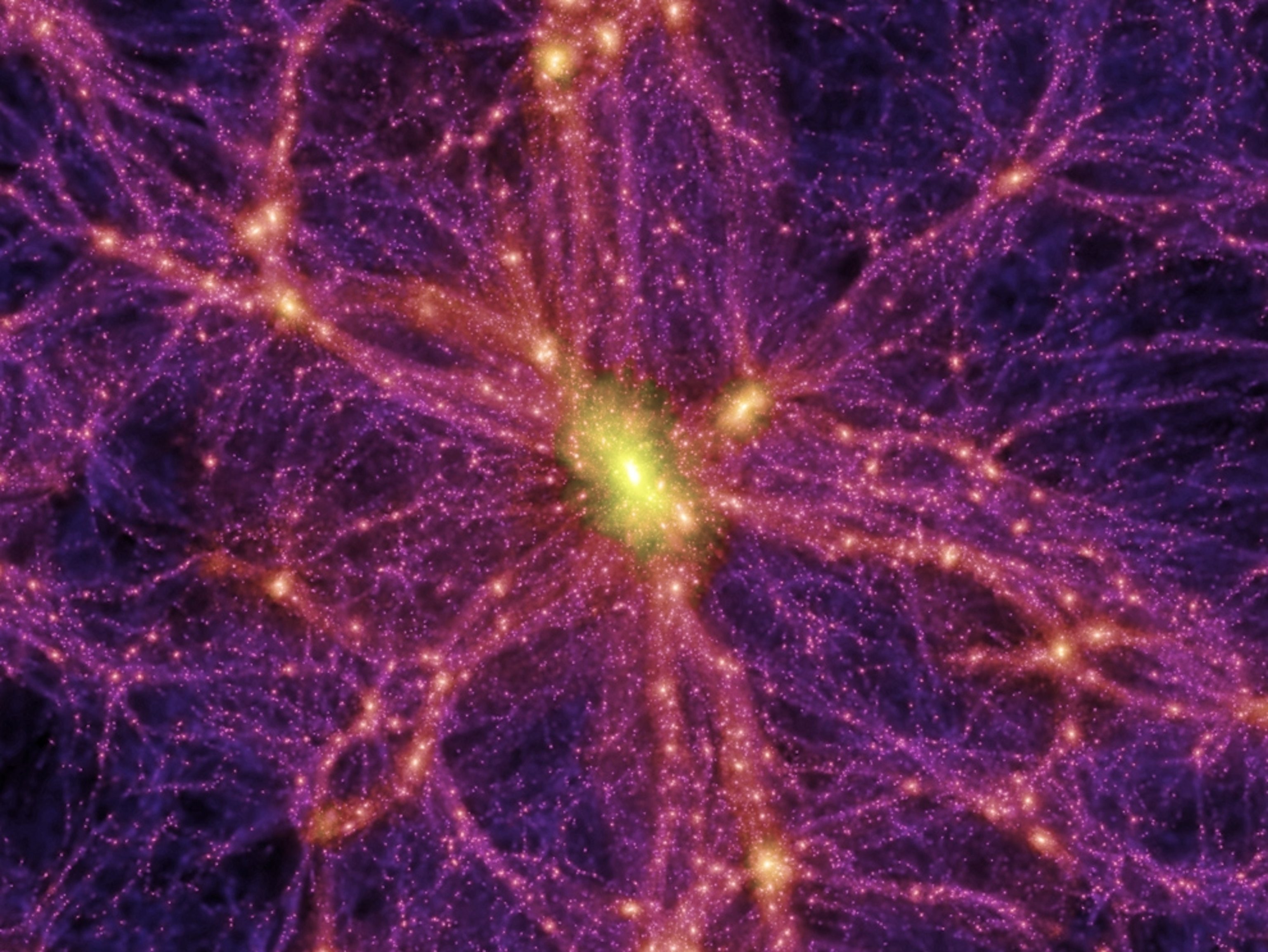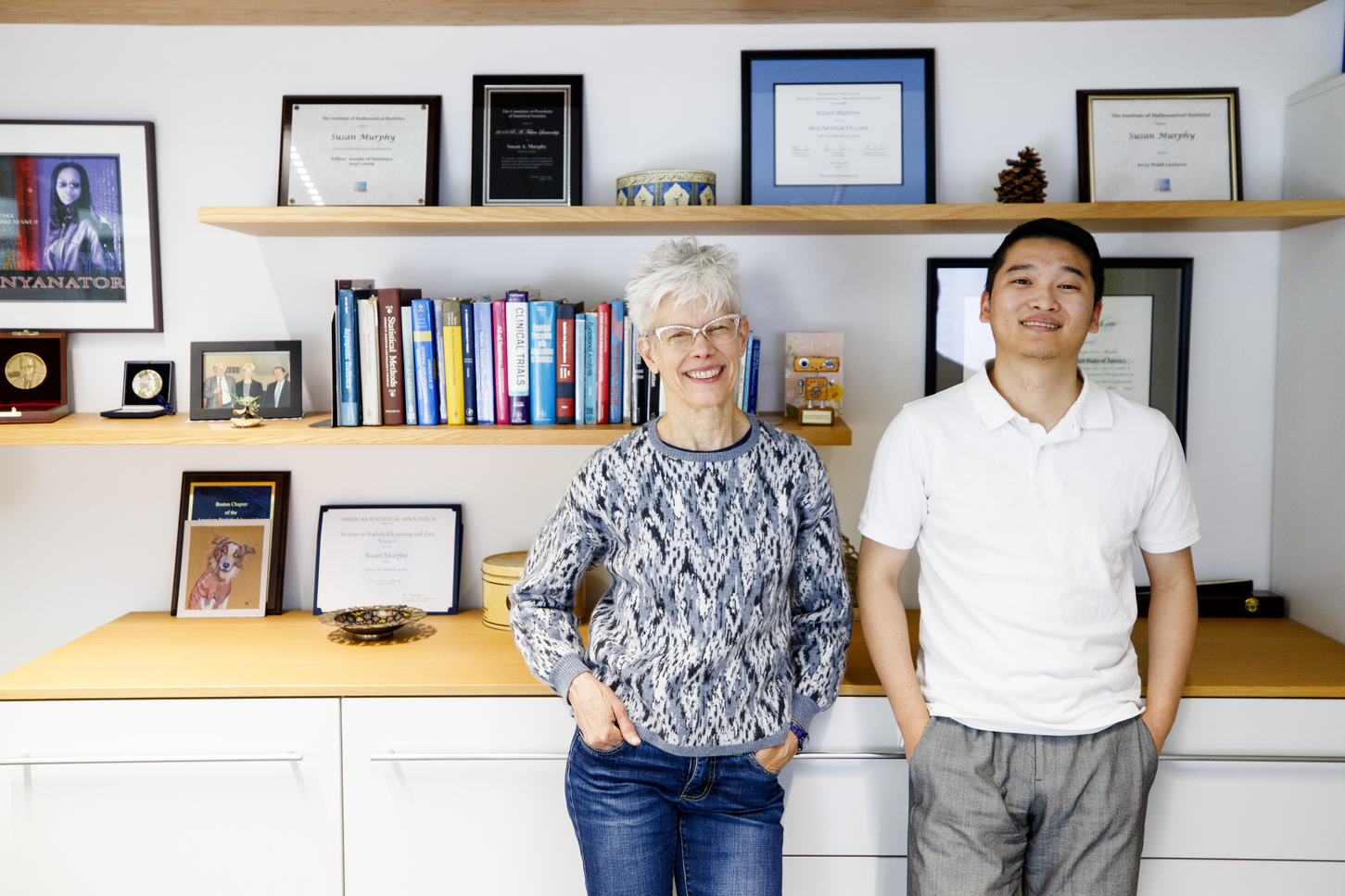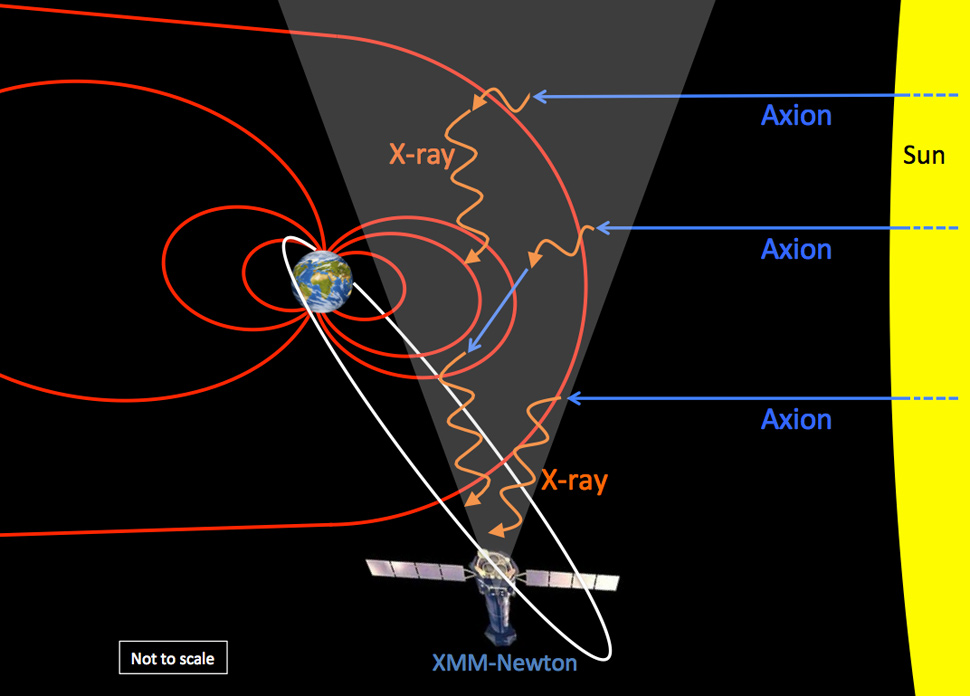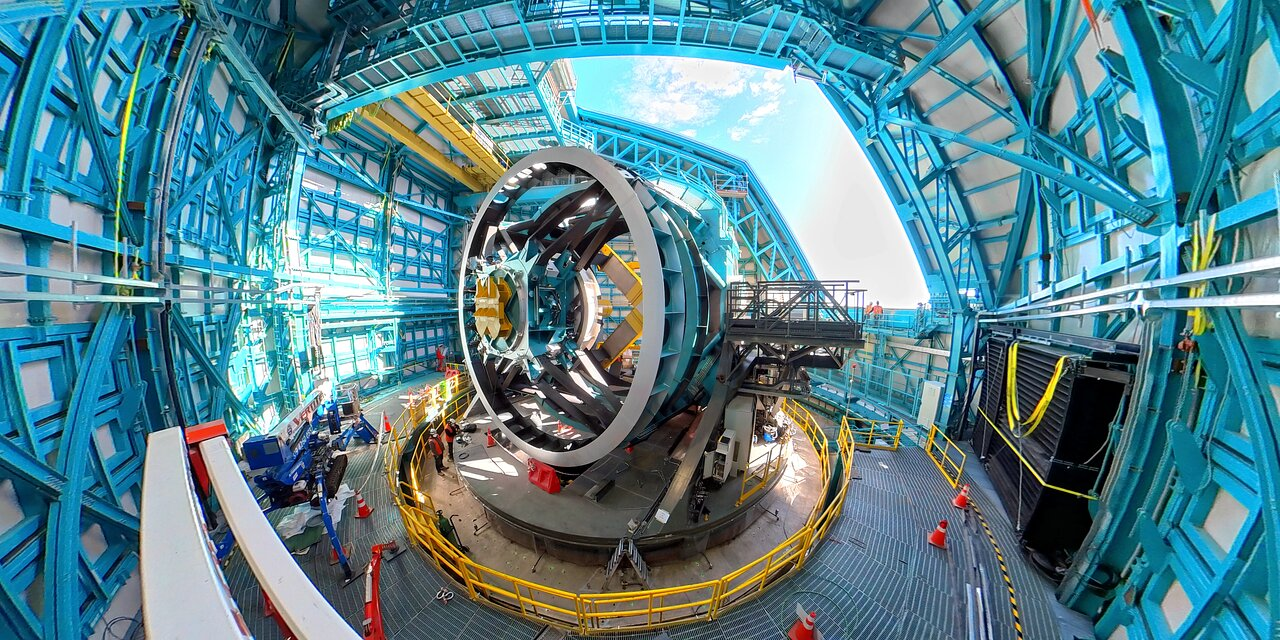
Rubin Observatory: Pioneering the Future of Astronomy
The Vera C. Rubin Observatory stands as a groundbreaking facility in the quest to unveil the mysteries of our universe. With its state-of-the-art LSST camera, the observatory is set to capture breathtaking astronomical images that promise to illuminate hidden features of the cosmos, including the elusive dark matter. This ambitious project aims to map the Milky Way and beyond, offering unprecedented insights into the structure and dynamics of our galaxy over a ten-year survey period. As the observatory prepares for its inaugural observations, the excitement among astronomers and researchers grows, anticipating the treasures of data that will soon be made available to the scientific community. By harnessing cutting-edge technology, the Rubin Observatory is poised to transform our understanding of the universe and ignite public interest in astronomical sciences.
The Rubin Observatory, also known as the Vera C. Rubin Observatory, represents a significant advancement in astronomical research. It features an innovative LSST camera, designed to capture high-resolution images of the night sky and facilitate extensive Milky Way mapping. This facility aims to shed light on enigmatic cosmic phenomena such as dark matter, by systematically observing the heavens over a decade. The observatory’s mission encompasses revealing previously unseen aspects of the universe through large-scale data collection and distribution. As a result, it will not only deepen our comprehension of fundamental astrophysical questions but also inspire future generations to explore the wonders of space.
Introduction to the Vera C. Rubin Observatory
The Vera C. Rubin Observatory represents a significant leap forward in the field of astronomy, dedicated to the ambitious Legacy Survey of Space and Time (LSST). Slated for a decade-long mission, this observatory aims to create a detailed map of our universe, focusing on various celestial phenomena, including the elusive dark matter. With the integration of the LSST camera, which boasts 3.2 gigapixels, the observatory is set to capture unprecedented astronomical images that offer insights into the structure of the Milky Way and the wider cosmos.
Equipped with state-of-the-art technology, the Rubin Observatory’s primary telescope, the Simonyi Survey Telescope, leverages advanced imaging techniques. The observatory’s mission is not only to attract the interest of professional astronomers but also to engage and educate enthusiasts and students worldwide. By making all data publicly available, the Rubin Observatory embodies a paradigm shift in astronomy towards transparency and collaboration, allowing for a community-centered approach to discovering the mysteries of dark matter.
Capturing the Night Sky with the LSST Camera
The LSST camera, heralded as the largest astronomical camera ever constructed, is designed for cosmic cinematography — the ability to capture events in the universe over time. This groundbreaking instrument will allow astronomers to scan the night sky every few nights for ten years. Each capture will help astronomers track transient phenomena and cosmic events, providing a wealth of data that can revolutionize our understanding of the Milky Way and beyond. The high-resolution images produced will be crucial for identifying asteroids and mapping the movements of celestial bodies with unprecedented accuracy.
In addition to mapping our galaxy, the LSST camera will facilitate research into dark matter and dark energy, fundamental components of our universe whose properties remain largely unknown. By observing the gravitational effects of dark matter and the accelerated expansion implied by dark energy, researchers hope to unlock significant cosmic secrets. The LSST camera’s ability to capture detailed astronomical images in a wide field will provide essential data for exploring these enigmatic concepts.
The Importance of Mapping the Milky Way
Mapping the Milky Way is a crucial endeavor that helps astronomers understand the structure and dynamics of our own galaxy. As a key part of the Rubin Observatory’s mission, this extensive mapping effort will reveal the locations and motions of billions of stars, as well as the distribution of dark matter that influences their trajectories. This comprehensive survey aims to address fundamental questions about our galaxy’s formation and evolution.
Through detailed Milky Way mapping, scientists may obtain insights into the origins of dark matter, as well as how it’s distributed across the galaxy. The Rubin Observatory will generate a time-lapse map of the Milky Way, providing context for new discoveries and insights already made in astrophysics. Such data is invaluable for both theoretical models and applied research, potentially leading to new technologies and advancements in our understanding of the cosmos.
Understanding Dark Matter with Advanced Technology
Dark matter remains one of the most perplexing mysteries in modern astrophysics. Comprising approximately 90 percent of the mass in the Milky Way, dark matter is detectable only through its gravitational effects on visible matter. The Vera C. Rubin Observatory, with its LSST camera, is ideally suited to investigate this elusive substance. The observatory’s detailed imaging and long-duration monitoring will help test theories surrounding dark matter’s composition and behavior in ways never possible before.
Utilizing a high-resolution imaging system, the LSST camera will generate a vast array of data that can reveal patterns and correlations indicating the presence of dark matter. This ability to observe cosmic structures at unprecedented detail is vital for deciphering how dark matter interacts with ordinary matter and influences cosmic phenomena. As researchers analyze this influx of data, it could lead to breakthroughs in understanding the fundamental properties of the universe.
Revolutionizing Astronomy Through Open Data Access
One of the most revolutionary aspects of the Vera C. Rubin Observatory’s mission is its commitment to open data access. By making all gathered astronomical images and data publicly available, the project enables a collaborative approach to research in astrophysics. This initiative aims to break down barriers to information exchange, allowing researchers from different institutions and countries to analyze data together and develop new scientific insights.
The observatory’s open data policy encourages public engagement and education, significantly enhancing the way knowledge is disseminated in the scientific community. By involving K-12 students and educators in this process, the initiative promotes STEM education and inspires future generations of scientists and astronomers. This inclusive approach not only maximizes the scientific output of the LSST but also enhances public interest and understanding of astronomy and the mysteries of the universe.
The Future Implications of the LSST Project
The LSST project, with a comprehensive survey plan spanning ten years, holds tremendous potential for uncovering new cosmic phenomena and advancing our understanding of the universe. Its deeply immersive approach to imaging will allow astronomers to observe critical changes in the sky, aiding in research ranging from tracking asteroids to analyzing distant galaxies. This data-rich environment will foster significant advancements in both theoretical and observational astrophysics.
Moreover, the implications of the findings resulting from the LSST project may extend beyond the realm of astronomy. Insights gained into dark matter and dark energy could reshape our understanding of fundamental physics and challenge current theories on the architecture of the universe. As new patterns and data emerge, the scientific community will be poised to explore questions that have puzzled scientists for centuries, potentially revolutionizing our perception of the cosmos.
Educating the Next Generation of Astronomers
The Vera C. Rubin Observatory is not just a groundbreaking scientific facility; it is also a vital educational resource. By actively involving students and educators in its mission, the observatory aims to inspire a new generation of astronomers and scientists. The project includes outreach programs that facilitate hands-on learning experiences, connecting academic curricula with real astronomical data and discoveries.
Through workshops, partnerships with educational institutions, and public engagement initiatives, the observatory plays an essential role in promoting STEM careers. By fostering a familiarization with astronomical tools and concepts, the Vera C. Rubin Observatory cultivates a love for science in young minds, empowering them to contribute to and shape future advancements in astronomy and related fields.
The Significance of Astronomical Images in Research
Astronomical images captured by the Rubin Observatory are invaluable resources for scientific discovery and research. These images provide detailed representations of the structure and dynamics of our universe, allowing astronomers to analyze a broad range of phenomena. From observing the movements of celestial bodies to identifying transient events like supernovae, each image contributes to a growing understanding of the cosmos.
The legacy of these astronomical images extends beyond immediate research needs; they serve as a historical archive that future generations of scientists can utilize for further explorations into the universe’s evolution. The comprehensive datasets produced by the LSST camera will ultimately become a cornerstone of astronomical research, enabling insights that drive innovation and deepen our connection to the cosmos.
The Collaborations Behind the LSST Project
The LSST project is the result of a collaborative effort involving numerous institutions, researchers, and funding bodies. Spearheaded by the U.S. National Science Foundation and the Department of Energy, the project’s multidimensional structure brings together experts from various fields, including astrophysics, engineering, and education. These collaborations amplify the scope and potential impact of the project, ensuring that diverse perspectives and skills are harnessed to push the boundaries of astronomical inquiry.
Moreover, the collaborative nature of the LSST project enhances the way scientific knowledge is exchanged and developed. By fostering partnerships across countries and research institutions, the observatory cultivates an environment that encourages innovation and shared learning experiences. This interconnected network not only accelerates the pace of discovery but also builds a robust scientific community dedicated to unraveling the mysteries of the universe.
Frequently Asked Questions
What is the primary technology being used at the Vera C. Rubin Observatory?
The Vera C. Rubin Observatory utilizes the LSST camera, which is the largest astronomical camera ever built. This camera is designed to capture detailed images of the night sky, enabling astronomers to conduct extensive surveys of dark matter and map the Milky Way.
How does the Rubin Observatory contribute to our understanding of dark matter?
The Rubin Observatory aims to shed light on dark matter by capturing high-resolution images of the Milky Way and the universe over a ten-year period. By analyzing the gravitational effects of dark matter on visible objects, scientists hope to define its characteristics and understand its role in the cosmos.
What milestones has the Vera C. Rubin Observatory achieved recently?
Recently, the Rubin Observatory achieved a significant milestone when its commissioning camera captured its first images of the night sky in October 2024. This success paves the way for the installation of the main LSST camera, which is expected to provide unprecedented astronomical images.
What types of astronomical studies will the LSST camera enable?
The LSST camera will enable a wide range of astronomical studies, including the detection of moving objects like asteroids, mapping the structure of the Milky Way, and discovering distant supernovae. Its large aperture and wide field of view allow researchers to explore multiple cosmic phenomena simultaneously.
How will data from the Rubin Observatory be shared with the scientific community?
Data collected by the Rubin Observatory will be made immediately available to the entire scientific community and educational institutions. This open data approach represents a revolutionary way of sharing astronomical data, fostering collaboration across various scientific disciplines.
What is the legacy of the Legacy Survey of Space and Time project?
The Legacy Survey of Space and Time (LSST) project at the Rubin Observatory aims to create a comprehensive map of the universe, improve our understanding of dark matter and dark energy, and provide valuable data for scientific research and education over a decade-long project.
When can we expect the first public release of astronomical images from the Rubin Observatory?
The first public release of astronomical images from the Rubin Observatory is anticipated for mid-2025, following a commissioning period for the LSST camera that will begin after its installation.
How does the Rubin Observatory aim to educate younger generations in astronomy?
The Rubin Observatory is dedicated to educational outreach, specifically targeting K-12 students. By making their data accessible, they aim to inspire and educate younger generations about the universe and the scientific processes used in modern astronomy.
| Key Points | Details |
|---|---|
| Rubin Observatory Overview | Constructed by NSF and DOE, aiming to map the universe with the Legacy Survey of Space and Time. |
| Major Milestone Achieved | First images of the night sky captured using the commissioning camera, showcasing telescope operation. |
| Next Steps | Integration of LSST Camera for larger images, operational by January 2025. |
| Scientific Goals | Investigate dark matter, dark energy, and monitor cosmic changes periodically for a decade. |
| Open Data Approach | Data will be available immediately for scientists and for educational outreach, particularly for K-12. |
| Innovation in Astronomy | Combines wide-field and large-aperture techniques to enhance observational capabilities. , |
Summary
Rubin Observatory is pioneering astronomical research through its innovative Legacy Survey of Space and Time project. With its advanced Simonyi Survey Telescope and the upcoming LSST Camera, the observatory is set to transform our understanding of the universe over the next decade. By offering unprecedented access to its imaging data and focusing on crucial cosmic mysteries like dark matter and dark energy, Rubin Observatory emphasizes collaboration and open data as the future of astronomy.

